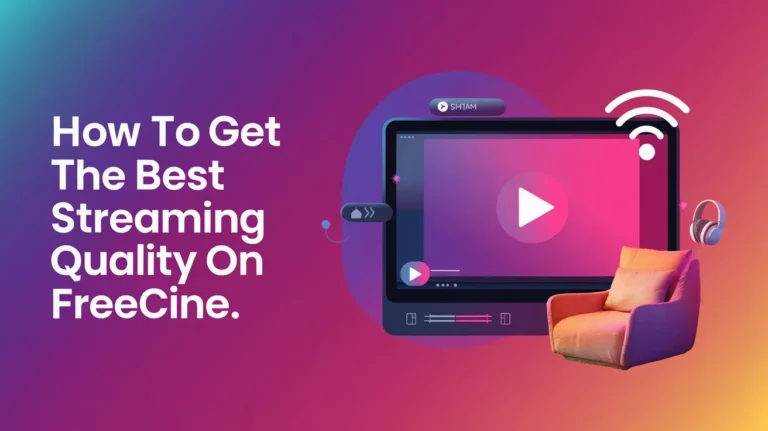Key Insights on Smart Square Integration for Healthcare IT
Smart Square Integration with EHR & Payroll: What HMH IT Teams Need to Know
Estimated reading time: 7 minutes
- Centralized data management reduces errors.
- Enhanced staff management improves operational efficiency.
- Financial tracking aids in strategic planning.
- Streamlined compliance mitigates risks.
- Integration ultimately enhances patient care outcomes.
Table of Contents
- Understanding Smart Square Integration
- Why Smart Square Integration Matters
- Steps to Effectively Integrate Smart Square with EHR and Payroll
- Common Troubleshooting Tips
- Practical Takeaways for IT Managers and Healthcare Leaders
- Conclusion: Elevate Healthcare Efficiency through Smart Square Integration
- FAQ
Understanding Smart Square Integration
Smart Square is a powerful workforce management solution designed specifically for healthcare providers. When integrated with EHR and payroll systems, Smart Square allows for seamless data sharing, improved communication, and streamlined processes. This integration not only enhances operational efficiency but also fosters better care delivery by ensuring that all departments are synchronized with the latest information.
Why Smart Square Integration Matters
Here are several compelling reasons why Smart Square integration with EHR and payroll systems should be a key focus for healthcare IT teams:
- Centralized Data Management: With Smart Square integrated into your EHR and payroll systems, healthcare providers can manage all relevant data from a single platform. This centralization minimizes data entry errors, improves accuracy, and saves valuable time.
- Enhanced Staff Management: Integration allows HR departments to synchronize staffing needs with patient care requirements. You can easily assess staff availability, manage schedules, and ensure compliance with labor regulations.
- Improved Financial Tracking: With a seamless flow of data between payroll and Smart Square, financial tracking becomes more efficient. This integration can help identify labor costs associated with different departments, enabling more strategic planning.
- Streamlined Compliance: Combining Smart Square with EHR ensures that your organization remains compliant with healthcare regulations. Proper documentation and reporting become straightforward, reducing the risk of costly penalties.
- Enhanced Patient Care: Ultimately, the goal of integrating Smart Square with your healthcare systems is to improve patient outcomes. When staff is efficiently scheduled and data is accurately managed, healthcare providers can focus more on delivering exceptional patient care.
Steps to Effectively Integrate Smart Square with EHR and Payroll
Successfully integrating Smart Square with your EHR and payroll systems may seem daunting, but with a clear strategy, the process can be streamlined. Follow these essential steps:
1. Assess Current Systems
Before initiating the integration, conduct a thorough assessment of your existing EHR and payroll systems. Identify their capabilities, limitations, and compatibility with Smart Square. This evaluation will help in determining the best approach for integration.
2. Establish Clear Objectives
Define what you aim to achieve through this integration. Objectives could range from reducing administrative workload, improving staff communication, or facilitating better financial tracking. Having clear goals will guide the integration process effectively.
3. Collaborate with Stakeholders
Engage necessary stakeholders, including IT staff, HR managers, and department heads, throughout the integration process. Their insights will help in identifying potential challenges and aligning the integration with organizational goals.
4. Choose the Right Integration Tools
Depending on the compatibility of your systems, select the appropriate integration tools. Many healthcare systems come with built-in integration features, while others may require third-party solutions. Ensure the chosen tools align with your integration objectives.
5. Pilot Testing
Before a full-scale implementation, conduct a pilot test to gauge the effectiveness of the integration. This allows you to identify any issues and make necessary adjustments. Ensure that key users are involved in this phase to get their feedback.
6. Train Staff
Once the integration is complete, provide training sessions for relevant staff members. Ensure they are familiar with how to navigate the integrated systems and understand the benefits of the new workflows.
7. Continuous Monitoring and Troubleshooting
Continuous monitoring is critical to ensure that the integration remains effective. Solicit feedback from users regularly and keep an eye out for common integration issues, adjusting as necessary.
Common Troubleshooting Tips
Even the best-laid plans can encounter obstacles. Here are some common issues associated with Smart Square integration and how to resolve them.
1. Data Syncing Issues
If you experience problems with data not syncing correctly between Smart Square and your EHR/payroll systems, check the following:
- Ensure that all systems are up-to-date with the latest software.
- Verify that data mapping is correctly configured.
- Look for any system alerts or logs that may indicate where the syncing problem lies.
2. User Access Problems
Accessing integrated features may pose challenges. Address this by:
- Reviewing user permissions and access levels across all platforms.
- Conducting a system audit to identify discrepancies in access rights.
3. Compliance and Regulation Concerns
Compliance matters are paramount in healthcare. If you spot any compliance issues:
- Revisit integration settings to confirm that data handling adheres to healthcare regulations.
- Consult compliance experts if necessary to ensure everything fulfills legal requirements.
4. Workflow Stagnation
If teams are finding it difficult to adjust to the new workflows, consider:
- Offering refresher training sessions to help reinforce understanding and usage.
- Collecting feedback from users to pinpoint specific workflow issues and resolve them proactively.
Practical Takeaways for IT Managers and Healthcare Leaders
To maximize the benefits of Smart Square integration, consider the following practical takeaways:
- Prioritize Communication: Keep open lines of communication with all stakeholders. Regular check-ins can preemptively address potential integration pitfalls.
- Invest in Training: Proper training is crucial. Continuous learning opportunities can lead to enhanced user competency and greater acceptance of the integrated systems.
- Solicit Feedback: Encourage continuous feedback loop regarding the use and functionality of the integrated system. Make it part of the culture to openly discuss what works and what needs improvement.
- Track Performance Metrics: Monitor the performance of your workforce management system and evaluate how the integration enhances operational efficiency.
Conclusion: Elevate Healthcare Efficiency through Smart Square Integration
Integrating Smart Square with EHR and payroll systems presents an incredible opportunity for healthcare organizations to improve operational efficiencies, enhance patient care, and reduce costs. By following a structured approach to integration and remaining adaptable throughout the process, IT teams can effectively streamline workflows and foster better communication across departments.
By focusing on comprehensive integration, healthcare facilities can unlock the full potential of their workforce management systems, leading to a more efficient healthcare environment.
CTA: If you’re looking to streamline your healthcare operations through smart integrations like Smart Square with EHR and payroll systems, Smart Square HMH is here to help. Our expertise in workflow optimization and task delegation can help you save time and resources. Contact us today to discover how we can boost your operational efficiency and elevate your team’s performance.
FAQ
Q: What are the primary benefits of integrating Smart Square with EHR and payroll?
A: The primary benefits include centralized data management, enhanced staff management, improved financial tracking, streamlined compliance, and ultimately, enhanced patient care.
Q: How can we ensure a successful integration process?
A: Ensure a successful integration by assessing current systems, establishing clear objectives, collaborating with stakeholders, choosing the right integration tools, conducting pilot testing, training staff, and continuously monitoring the integration.
Q: What should we do if we encounter issues during integration?
A: Identify the specific issue such as data syncing problems, user access issues, compliance concerns, or workflow stagnation, and follow the troubleshooting tips provided earlier to resolve these issues effectively.







